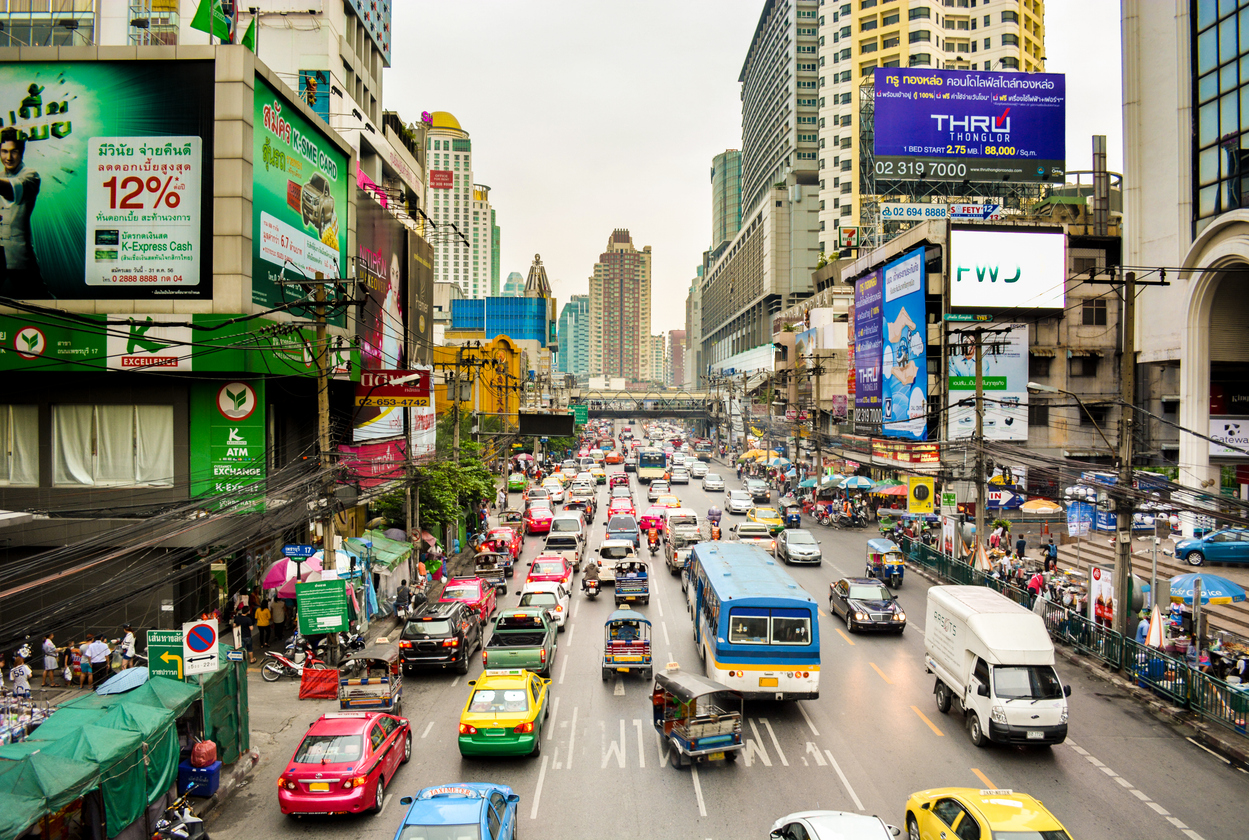In this third post in SpudnikLab’s series on the reasons underlying the digital divide (the gap between those who have access to the internet and those who have limited or no access to digital connectivity) we focus the lens on Thailand and Timor-Leste, and examine how they do for internet access. One factor influencing digital connectivity is the type of internet infrastructure positioned throughout a country. More on internet infrastructure later, in our related post next month.
Though major cities in Southeast Asia are densely populated, the region is predominantly home to rural communities. Three fourths of Southeast Asians live in non-urban areas, and their livelihoods are heavily dependent on agriculture.
Cultivating cash crops is a vital economic activity for most Southeast Asian countries. Thailand is the world’s leading exporter for tree rubber, and over 60 percent of Timor-Leste’s population depend on subsistence farming for food and income.
Thailand’s digital divide reinforces traditional economic fault lines
At the beginning of this year in Thailand, 63.21 million people, or 88 percent of the population, had access to the internet. Thailand enjoys 5G coverage and high speed internet, enabling convenient services such as cashless payments and ecommerce. However, a closer look proves that the digital divide still runs deep within the nation.

Major cities such as Bangkok are home to flourishing tech startups, and most who live there have easy access to cutting edge digital technology. Yet in rural communities, people struggle to go online, and those who can afford this luxury lack sufficient digital literacy to use it to the fullest potential.
Thailand is home to many rural communities, with 46.1 percent of Thailand’s population living in rural areas this year. That’s approximately 33 million people residing away from cities. While there are initiatives to bring high speed internet to rural villages, more is needed to close the digital gap.

The nation’s disparity in digital access was especially visible during the Covid-19 pandemic. The usage of public wifi provided by the government dropped, as lockdowns were implemented and people remained at home. For those with the short end of the stick when it came to internet access, their struggles were further exacerbated when their lack of digital connectivity and digital literacy caused them to lose out on pandemic economic relief schemes, which could only be redeemed through online transactions. Rural communities were also slow to receive vital updates about the virus outbreak, and were left out of participating in government surveys which required responses to be submitted online.
The youngest country in Asia is on the brink of digital transformation
Timor-Leste, which gained full independence in 2002, is one of the countries with the slowest internet speeds. In 2024, the national median download speed for mobile internet connections was 4.85 megabits per second. A majority of people in Timor-Leste live in rural areas, at 67 percent of the nation’s population this year. Its internet infrastructure is currently provided by satellites, owned by all three internet service providers in the country.
Since the first satellite was launched in 2019, Timor-Leste has seen a spike in digital device adoption. This year, 1.75 million cellular mobile connections were detected from the country, equating to 124 percent of the population. Faced with the exponential growth in demand for digital connectivity, the present digital infrastructure is struggling to keep up.

A timely refresh for Timor-Leste’s internet infrastructure
As digital traffic in Timor-Leste increased over the years, with more and more people beginning to use the internet, the network infrastructure became congested because of the nation’s dependence on satellite internet infrastructure. Ground based internet infrastructure on land, such as cables and cell towers, are better at providing high speed internet connections and supporting a high volume of digital devices. Though expensive to acquire and set up, satellite internet infrastructure is usually used for rural areas, because the population density is low and internet traffic is light compared to major cities. Satellites provide internet access to a much larger area than terrestrial internet infrastructure and are relatively low maintenance once established. However, internet connectivity provided by satellite infrastructure is generally slower than that by land based internet infrastructure because signals have to travel to outer space and back. This has resulted in a slow, expensive, frustrating internet connection. Many Timorese residents spend half their daily income to maintain their internet access.

Due to these barriers to internet access, people in Timor-Leste struggle to reap the benefits of the digital world. Many are unable to keep in touch with each other online and run businesses.
The majority of Timor-Leste’s population are youths, with the median age hovering around 21 years old in 2025. Even with internet access, the slow internet speed hinders their ability to study and search the web for educational materials.
Since last year, the government of Timor Leste has prioritised the manufacturing and transportation of the nation’s first undersea internet infrastructure, a fibre optic cable to be installed from the capital, Dili, and connected to Australia’s North-west cable system.
Why boosting digital access for rural communities matters so much to Thailand and Timor-Leste
Small-scale farmers in both countries are struggling to yield enough crops to profit in markets, as adoption of smart farming technology such as drones and sensors are rare. Most of these devices are not only expensive, but also require an internet connection to be used to its fullest potential. Without financial means and internet access, many farmers in Thailand and Timor-Leste are locked out of these upgrades.
So, on top of improving the quality of life for Thailand and Timor-Leste’s rural communities, facilitating digital access and investing in a reliable internet infrastructure outside of major cities are a crucial step to achieving an equitable economy.



